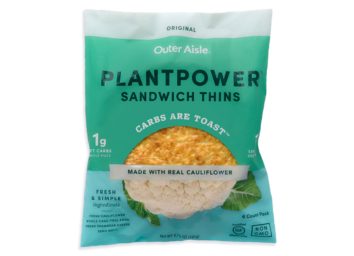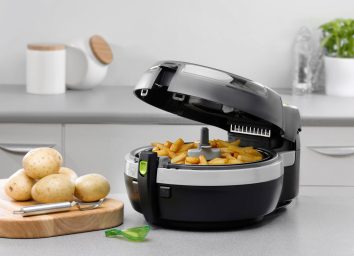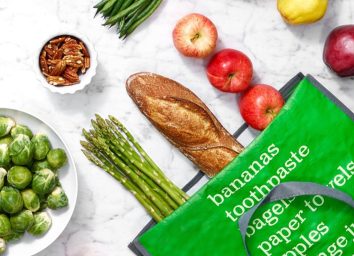Girl Scout Cookies Earn Demerit Badge
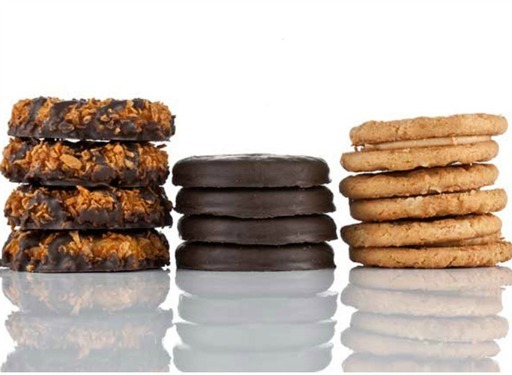
As if that weren't enough to wreck our collective waistline, they also launched three new flavors: Trios, Rah-Rah Raisins and Toffee-tastic will now be joining the line-up. The biggest news of all? Both Trios (peanut butter, chocolate chips and whole grain oats) and Toffee-tastic (butter cookies with toffee bits) are gluten-free. Though these aren't the first gluten-free options offered by the group, they mark the first time gluten-free cookies will be available nation-wide. But what about changes on the ingredient front? We're sorry to disappoint: Girl Scouts are still using some shady ingredients in their sweets.
We're not out to ruin Girl Scout cookies for you (we'll admit to having a thing for Thin Mints). And truth be told, the Girl Scouts have made a conscious effort to improve the nutritional value of their annual sweet treats. 2014 marked the inaugural year for the gluten-free Chocolate Chip Shortbread, which has lead to the Trios (gluten free peanut butter and oatmeal cookies with chocolate chips); and the Cranberry Citrus Crisps are made with heart-healthy canola oil and whole wheat flour. Not bad! But other cookies in the lineup contain less than stellar ingredients—things like partially hydrogenated oil and high fructose corn syrup that we know are major contributors to America's crippling diabetes and obesity rates.
When we reached out to the Girl Scouts (before the addition of online ordering) as to why, they reiterated a statement you can find on their website:
"Girl Scout Cookies are sold for a short time each year," says Bret Arnold, Communications Manager for Girl Scouts of the U.S.A. "As such, Girl Scout Cookies are considered a snack treat and are intended to be enjoyed in moderation."
Whether you down one cookie or 100, there's still unhealthy stuff in Girl Scout cookies that needn't be. Here's a list:
Trans Fat
The Girl Scouts proudly claim that all their cookies have "zero trans fat per serving." It's a bit of a white lie. You see, the FDA allows manufacturers slap the "zero trans fat" label on any product with less than 0.5 g trans fat per serving. But whenever you can point to the words "partially hydrogenated oil" on a GSC label, so you can bet there's some cholesterol-clogging trans fat in the box. Moreover, many of the cookies are made with palm oil, which, like trans fat, has been linked to elevated LDL levels in numerous studies.
Fake Chocolate
That "chocolaty" coating you'll find on Thin Mints, Somoas, and Tag-a-Longs? It's not real chocolate. The fat in real chocolate comes from cocoa butter, which is mainly comprised of heart-healthy stearic acid. And per FDA guidelines, manufacturers can't label a product "chocolate" if they use anything otherwise. Hence the "chocolaty" marketing. But that's just the half of it. You'll also find alkalized cocoa on many labels, which means an alkalizing agent has been added to balance the natural acidity of cacao, consequently destroying much of the good-for-you flavanols.
Artificial Colors
The Dulce de Leche cookies used artificial food dyes Yellow 5, Yellow 6, and Blue 2 Lake, which throws us for a couple of reasons—primarily because studies have linked the dyes to hyperactivity in kids. And secondarily, the Dulce de Leche cookies were brown! C'mon! Even we can fix a batch of brown cookies without reprehensible artificial colors.
High Fructose Corn Syrup
The Girl Scouts' ABC Bakers—one of two licensed vendors that serve councils across the country—seem to have missed the memo regarding the organization's "primary goal" of "using the healthiest ingredients available," as they continue use high fructose corn syrup in their recipes. HFCS may be cheap for manufacturers, but the way it metabolizes—flooding the system with free fructose and disturbing hunger hormones—makes it one of the un-healthiest forms of sugar available. Meanwhile, the Girl Scout's second licensed vendor, Little Brownie Bakers, has figured how to make the same cookies without HFCS. Time for a powwow, bakers!
BHT
Ready for a real head-spinner? The new Cranberry Citrus Crisps, the only cookies that boast whole grain wheat flour as the first ingredient, also pack in a hottly-debated additive, BHT. "The BHT preservative is still highly controversial and limited research exists on whether it is harmful to the body or carcinogenic," commented Lisa Moskovitz, RD, CDN of the New York Nutrition Group, adding "it is still recommended to avoid consuming large quantities." If you're eating Girl Scout cookies with restraint, you're not taking in that much; but, if like many of us, one cookie quickly turns into five, which turns into ten, avoiding varieties with BHT could be a good idea.
So what's a health-conscious cookie monster to do?
We consulted Moskovitz about strategies for picking a cookie to satisfy your craving when even the best options are made with these additives. What matters most here is your attitude about the additive sweets. No matter which cookie you pick, Moskovitz says, "it is recommended to keep the portions to no more than 2-3 per week." That used to be impossible when you opened a fresh package of Thin Mints, but maybe now with wider, year-round availability, some restraint will be easier to manage.
EAT THIS!
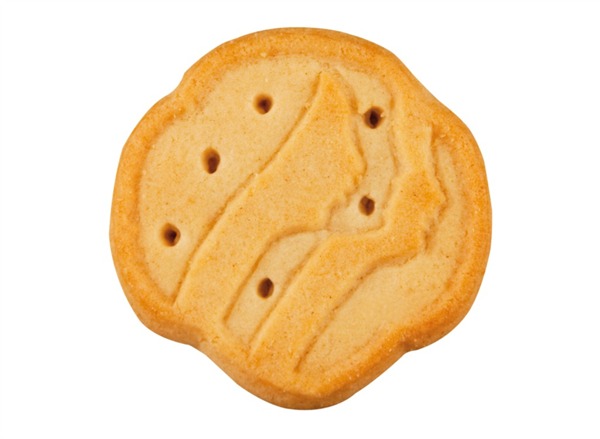
Shortbreads (Trefoils), 4 cookies
| Calories | 120 |
| Fat | 4.5 G |
| Saturated Fat | 2 G |
| Sugar | 4 G |
| Fiber | less than 1 G |
NOT THAT!
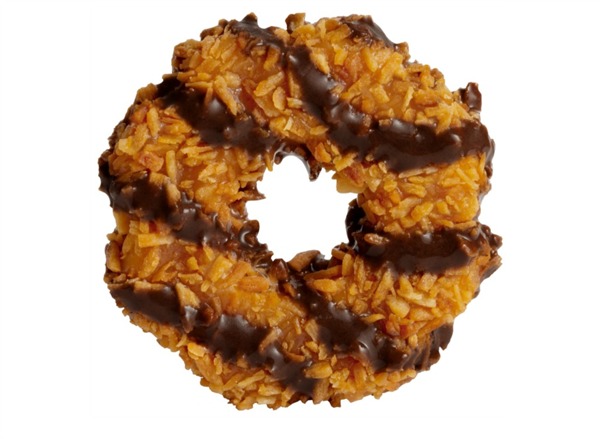
Caramel deLites (Samoas), 2 cookies
| Calories | 130 |
| Fat | 6 G |
| Saturated Fat | 5 G |
| Sugar | 12 G |
| Fiber | 1 G |
Taking everything from the nutritional information to the ingredients into account, Moskovitz suggests the shortbreads are your best bet because they're the lowest in sugar and calories (for four cookies, no less). If you order a couple boxes, take a note from our book of diet tricks and hide them in your pantry. Out of sight can really mean out of mouth.
A classic Girl Scout cookie, these stripy, coconut-y, ring-shaped cookies are the Not That for featuring fake chocolate, alkalized cocoa powder, high fructose corn syrup, and partially hydrogenated palm kernel oil. The very first ingredient on the label is "sugar," which appears another 5 times in various forms after that.
